Copyright 2008 by Leonard Susskind
All rights reserved. Except as permitted under the U.S. Copyright Act of 1976, no part of this publication may be reproduced, distributed, or transmitted in any form or by any means, or stored in a database or retrieval system, without the prior written permission of the publisher.
Little, Brown and Company
Hachette Book Group USA
237 Park Avenue, New York, NY 10017
Visit our Web site at www.HachetteBookGroupUSA.com
First eBook Edition: July 2008
Illustration of Trinity College, Cambridge, on page 273 1996 by Jeremy Bays. www.art-work-shop.co.uk. Photograph on page 284 courtesy of the Isaac Newton Institute for Mathematical Sciences. M. C. Eschers Circle Limit IV in chapter 22 2008 The M. C. Escher CompanyHolland. All rights reserved. www.mcescher.com.
Please address physics questions to Susskinds Blog: Physics for Everyone, http://susskindsblogphysicsforeveryone.blogspot.com/.
ISBN: 978-0-316-03269-8
ALSO BY LEONARD SUSSKIND
The Cosmic Landscape:
String Theory and the Illusion of Intelligent Design
What is it that breathes fire into the equations and makes a universe for them to describe?
STEPHEN HAWKING
There was so much to grok, so little to grok from.
ROBERT A. HEINLEIN, STRANGER IN A STRANGE LAND
S omewhere on the East African savanna, an aging lion spies her intended dinner. She prefers older, slower victims, but the young, healthy antelope is her only choice. The wary eyes of the prey are placed on the side of his head, ideally suited for scouring the landscape in search of dangerous predators. The predators eyes look straight ahead, perfect for locking onto her victim and gauging the distance.
This time the antelopes wide-angle scanners miss the predator, and he wanders within striking range. The powerful rear legs of the lion thrust her forward toward the panicked victim. The timeless race begins anew.
Though burdened by age, the big cat is the superior sprinter. At first the gap closes, but the lions powerful fast-twitch muscles gradually give way to oxygen deprivation. Soon the antelopes natural endurance wins out, and at some point the relative velocity of the cat and her prey switches sign; the closing gap begins to open. The moment she senses this reversal of fortune, Her Royal Highness is defeated. She slinks back into the underbrush.
Fifty thousand years ago, a tired hunter spots a cave opening blocked by a boulder: a safe place to rest if he can move the heavy obstruction. Unlike his apish forebears, the hunter stands upright. In that straight-up posture, he pushes mightily against the boulder, but nothing happens. To get a better angle, the hunter places his feet at a greater distance from the rock. When his body is almost horizontal, the applied force has a much larger component in the right direction. The boulder moves.
Distance? Velocity? Change of sign? Angle? Force? Component? What incredibly sophisticated calculations took place in the untutored brain of the hunter, let alone the cat? These are technical concepts that one ordinarily first meets in college physics textbooks. Where did the cat learn to gauge not only the velocity of its prey but also, more important, the relative velocity? Did the hunter take a physics course to learn the concept of force? And trigonometry to reckon the sines and cosines for computing components?
The truth, of course, is that all complex life-forms have built-in, instinctive physics concepts that have been hardwired into their nervous systems by evolution. Without this preprogrammed physics software, survival would be impossible. Mutation and natural selection have made us all physicists, even animals. In humans the large size of the brain has allowed these instincts to evolve into concepts that we carry at the conscious level.
Rewiring Ourselves
In fact, were all classical I grok force, velocity, and acceleration. I grok three-dimensional space. I grok time and the number 5  . The trajectories of a stone or a spear are grokable. But my built-in, standard-issue groker breaks down when I try to apply it to ten-dimensional space-time, or to the number 101,000, or even worse to the world of electrons and the Heisenberg Uncertainty Principle.
. The trajectories of a stone or a spear are grokable. But my built-in, standard-issue groker breaks down when I try to apply it to ten-dimensional space-time, or to the number 101,000, or even worse to the world of electrons and the Heisenberg Uncertainty Principle.
At the turn of the twentieth century, a wholesale breakdown of intuition occurred; physics suddenly found itself flummoxed by totally unfamiliar phenomena. My paternal grandfather was already ten years old when Albert Michelson and Edward Morley discovered that the Earths orbital motion through the hypothetical ether could not be detected. The electron was unknown until he was in his twenties; he was thirty the year Albert Einstein published the Special Theory of Relativity, and he was already well into middle age when Heisenberg discovered the Uncertainty Principle. There is no way that evolutionary pressure could have created an instinctive comprehension of these radically different worlds. But something in our neural networks, at least in some of us, has been primed for a fantastic rewiring that allows us not only to ask about these obscure phenomena but also to create mathematical abstractions deeply unintuitive new concepts to handle and explain them.
Speed created the first need to rewire speed so fast that it almost rivaled the velocity of an evanescent beam of light. No animal had ever moved faster than 100 miles per hour before the twentieth century, and even today light travels so fast that for all but scientific purposes, it doesnt travel at all: it just appears instantaneously when the lights are switched on. Early humans had no need for hardwired circuits, attuned to ultrahigh speeds such as the speed of light.
Rewiring for speed happened suddenly. Einstein was no mutant; he had struggled in obscurity for a decade to replace his old Newtonian wiring. But to physicists of the time, it must have seemed that a new kind of human had spontaneously appeared among them someone who could see the world not in terms of three-dimensional space, but in terms of four-dimensional space-time.
Einstein struggled for another decadethis time in plain view of physiciststo unify what he had called Special Relativity with Newtons theory of gravity. What emergedthe General Theory of Relativityprofoundly changed all the traditional ideas about geometry. Space-time became flexible, curved, or warped. It responded to the existence of matter almost like a sheet of rubber under stress. Previously, space-time had been passive, its geometric properties fixed. In the General Theory, space-time became an active player: it could be deformed by massive objects such as planets and stars, but it could not be visualizednot without a lot of additional mathematics anyway.
In 1900, five years before Einstein appeared on the scene, another much weirder paradigm shift was set in motion with the discovery that light is composed of particles called photons, or sometimes light quanta. The photon theory of light was only a hint of the revolution to come; the mental gymnastics would be far more abstract than anything yet seen. Quantum Mechanics was more than a new law of nature. It involved changing the rules of classical logic, the ordinary rules of thought that every sane person uses to make deductions. It seemed crazy. But crazy or not, physicists were able to rewire themselves with a new logic called quantum logic. In chapter 4, I will explain everything you need to know about Quantum Mechanics. Be prepared to be mystified by it. Everyone is.


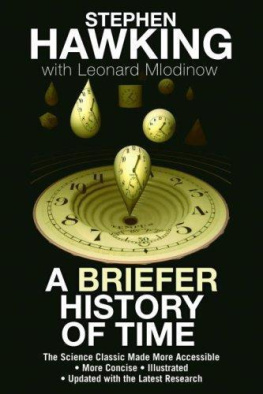
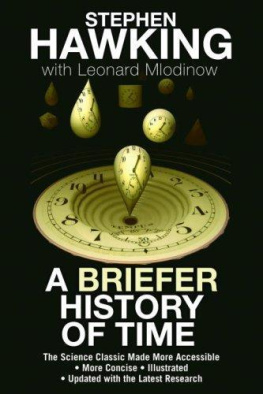

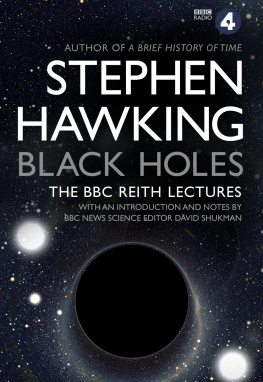



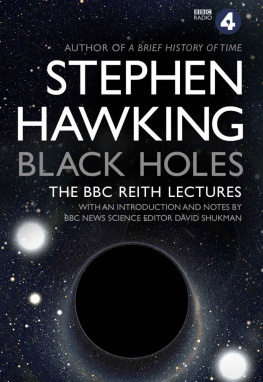
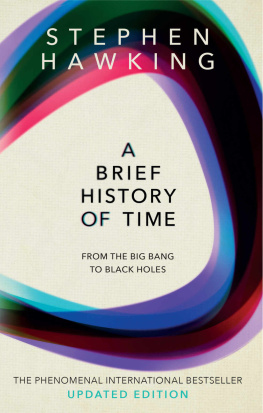
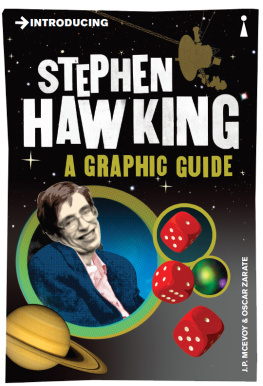
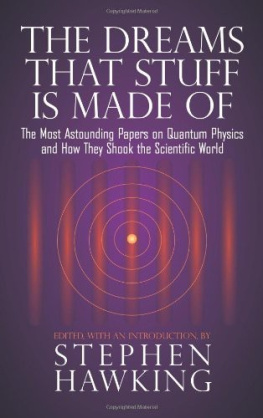
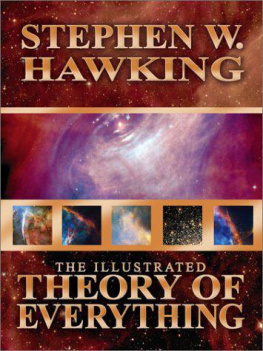

 . The trajectories of a stone or a spear are grokable. But my built-in, standard-issue groker breaks down when I try to apply it to ten-dimensional space-time, or to the number 101,000, or even worse to the world of electrons and the Heisenberg Uncertainty Principle.
. The trajectories of a stone or a spear are grokable. But my built-in, standard-issue groker breaks down when I try to apply it to ten-dimensional space-time, or to the number 101,000, or even worse to the world of electrons and the Heisenberg Uncertainty Principle.